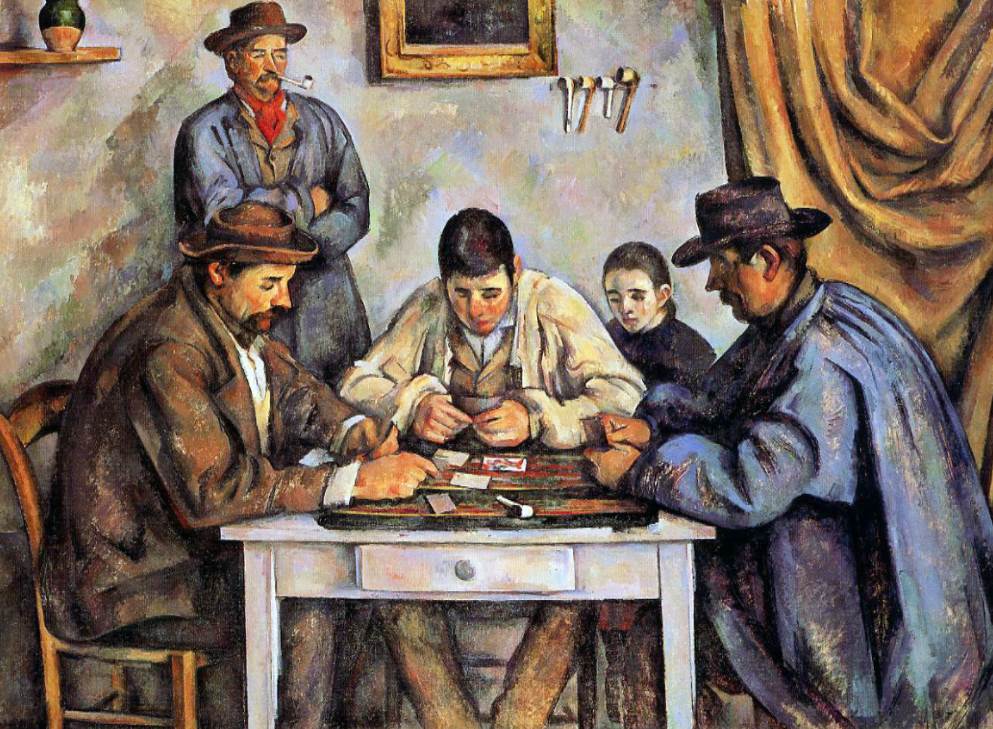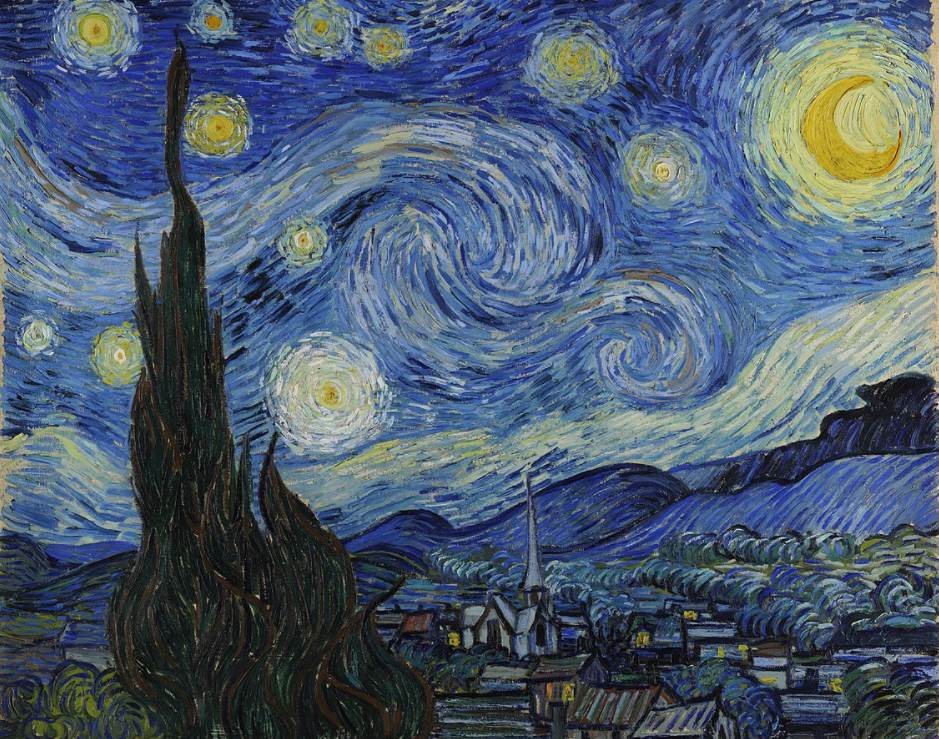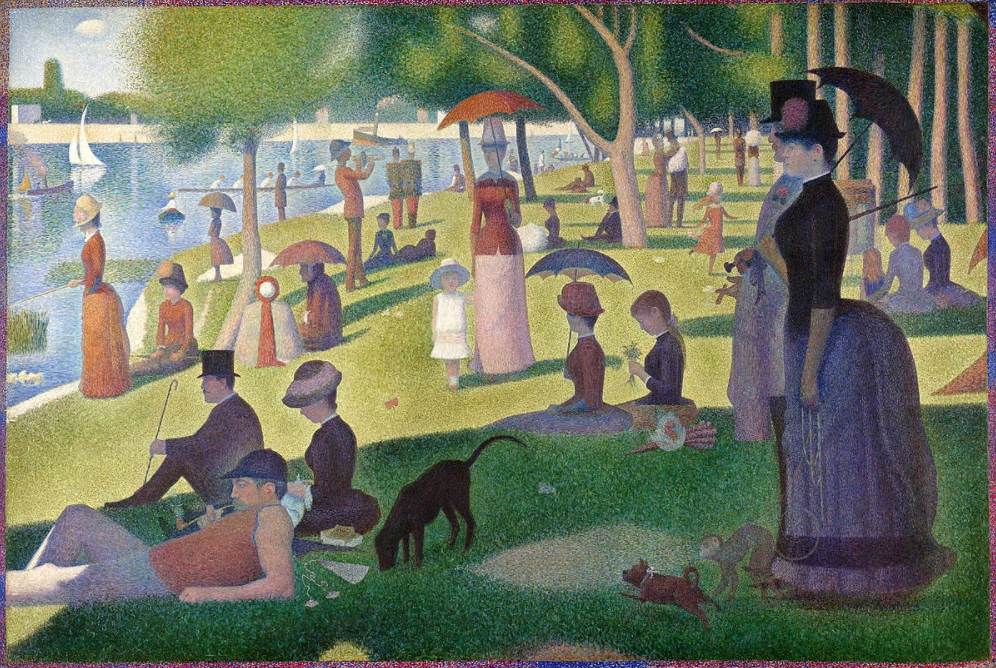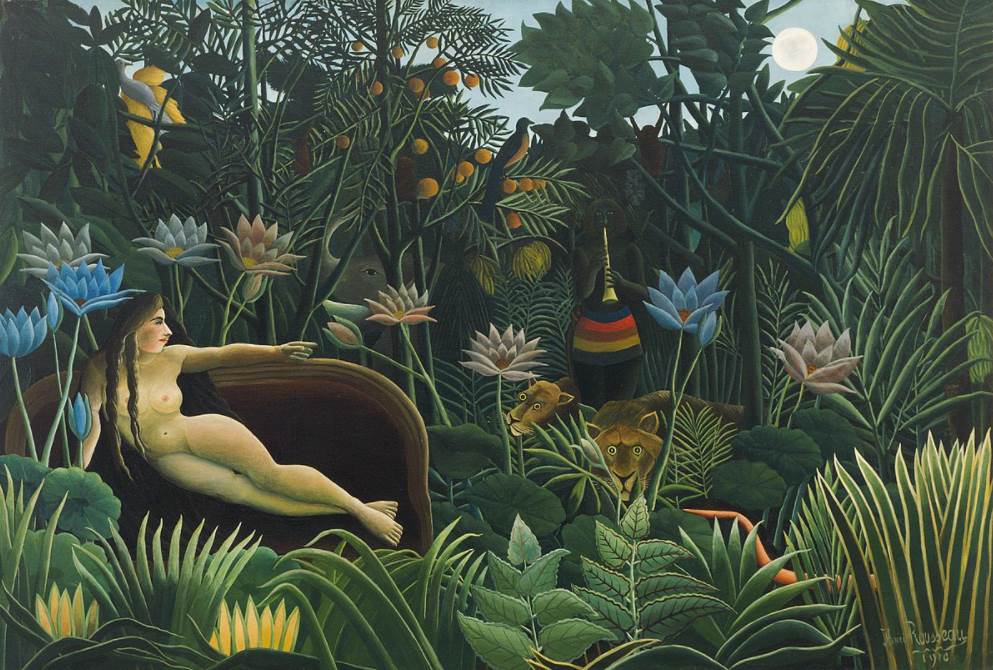The Impressionist art movement was one of the precursors of modern art, but several artists of the 1870s and 1880s became dissatisfied with it.
The natural depiction of light, trivial subject matter and the disjointed compositions of Impressionist paintings were rectified as Post-Impressionist artists emerged in the mid-1880s.
What is Post-Impressionist Art? What are some of its main characteristics and how did it change the course of art history? In this article, you’ll find out.
History of Post-Impressionist Art
The Impressionist artists emerged in the 1860s and can be considered to be a reaction to the ideals of the Realism artists. They mainly painted outdoors and placed a high emphasis on natural light.
Because the art critics were profoundly hostile toward the art they produced, they organized their own exhibitions, starting in 1874.
8 exhibitions were held between 1874 and 1886 and a group of artists became increasingly dissatisfied with the type of paintings that the group produced.
These artists, who were classified as “Post-Impressionist artists” by art critic Roger Fry in 1906, didn’t move away from the core ideals of the Impressionists but slightly adjusted them.
Some of the leading artists of this art movement were Paul Cézanne, Paul Gauguin, Vincent van Gogh, and Georges Seurat.

Main characteristics of Post-Impressionist Art
Post-Impressionists mainly rejected the simplistic depiction of the subject matter of the Impressionists. They also rejected to naturalistically paint what they could observe.
Paul Cézanne (1839-1906), the founding father of Post-Impressionism, was the most important representative of the group.
His art, which aimed to reduce objects to their most simple geometric forms, laid the foundation for Cubist artists, one of the most influential art movements of the early 20th century.
Other characteristics of Post-Impressionist art are:
- High emphasis on geometric forms – Paul Cézanne’s technique was adopted by future generations as they referred to him as “The Father of Us All.”
- The use of vivid colors – This was a precursor to the use of unnatural colors in Fauvism paintings.
- Distorted forms – Creating unnatural shapes to reach the artistic goal was a common trait in Post-Impressionist artworks.
- Thick layers of paint – The visible brushstrokes of Impressionist artists were taken a step further as artists often used the impasto technique (thick application of paint).

Types of Post-Impressionist Art
Unlike the Impressionist art movement, Post-Impressionism wasn’t an art movement in the sense that like-minded people produced art together.
Post-Impressionist art came in many forms and various names have been given to each of them. Below is an overview of the different types of art that are part of the overall Post-Impressionism definition.
- Neo-Impressionism – The name given to the Pointillist style that was developed by Georges Seurat in the early 1880s. It consisted of applying dots to form larger fields when viewed from a distance.
- Cloissonis/Synthetism – The technique used by Paul Gauguin in many of his works in which he surrounded flat forms with dark edges.
- Pont-Aven School – The name that was given to the artists who worked together in the small town of Pont-Aven in Brittany, which had become an art colony during the 1880s.
- Symbolism – Although Symbolist artists are often classified as being part of a distinct art movement, they several are often labeled as Post-Impressionist artists as well.
- Canadian Post-Impressionism – Several Canadian artists formed a group and they referred to themselves as the Canadian Post-Impressionists. They considered the movement to be the birth of modern art in North America in the early 20th century.

Notable Post-Impressionist Artworks
What’s important to understand today is that Post-Impressionism is considered to be the historical definition of art produced in France.
The dates often vary but often range between the final Impressionist exhibition in 1886 and the start of Fauvism in 1905 (although many works classified as Post-Impressionist art were produced later as well).
It encompasses several styles that emerged during this period and which laid the foundation for the rise of modern art at the turn of the 20th century.
Below, you’ll find a list of some of the most notable Post-Impressionist artworks:
- The Card Players (1890-1895) – A series of 5 paintings by Paul Cézanne that depict card players in different positions.
- The Starry Night (1889) – Distinctive paying by Vincent van Gogh that depicts the view from his asylum’s bedroom window.
- A Sunday Afternoon on La Grande Jatte (1884-1886) – Famous painting by Georges Seurat in the Pointillist style.
- Where do we come from? (1897-1898) – Monumental painting by Paul Gauguin that depicts the life of women in various stages.
- The Dream (1910) – A hypnotic jungle scene featuring a naked woman by Henri Rousseau.
Want to discover more? Here is a list of some of the most famous Post-Impressionist paintings.



